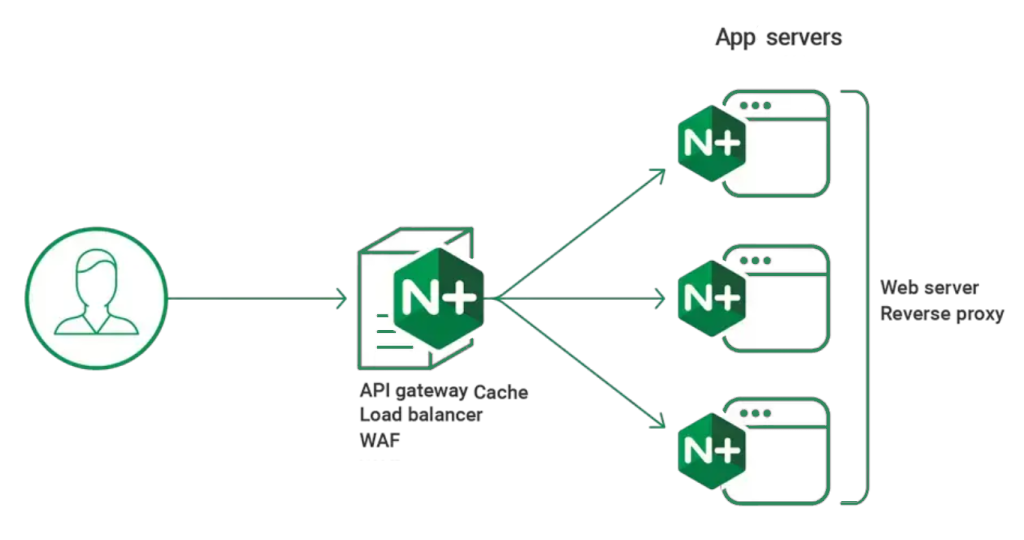Mastering JavaScript Array Searches
JavaScript developers often need to search for items within arrays, whether it’s finding a specific value, locating an object, or checking for the presence of an element. In this guide, we’ll explore the most efficient methods for JavaScript array search, including indexOf(), findIndex(), includes(), lastIndexOf(), and find(). By the end, you’ll have a clear understanding of how to find item in array JavaScript and choose the best method for your use case.
Why Mastering Array Searches Matters
Arrays are one of the most commonly used data structures in JavaScript. Efficiently searching through them is crucial for optimizing performance and writing clean, maintainable code. Whether you’re building a simple app or a complex web application, knowing how to JavaScript search array effectively can save time and resources.
1. indexOf(): Finding the First Occurrence
The indexOf() method returns the first index at which a given element can be found in the array. If the element is not present, it returns -1.
Use Case:
- Searching for primitive values (e.g., strings, numbers).
- Checking if an item exists in an array.
Example:
const fruits = ['apple', 'banana', 'orange', 'banana'];
const index = fruits.indexOf('banana');
console.log(index); // Output: 1
Performance Considerations:
- Works well for small to medium-sized arrays.
- Not suitable for searching objects or complex data types.
Pitfalls:
- Cannot handle
NaNvalues correctly. - Returns
-1if the item is not found, which can be misleading if not handled properly.
2. findIndex(): Searching with a Condition
The findIndex() method returns the index of the first element that satisfies a provided testing function. If no elements match, it returns -1.
Use Case:
- Searching for elements based on a condition.
- Finding the index of an object in an array.
Example:
const users = [
{ id: 1, name: 'Alice' },
{ id: 2, name: 'Bob' },
{ id: 3, name: 'Charlie' }
];
const index = users.findIndex(user => user.name === 'Bob');
console.log(index); // Output: 1
Performance Considerations:
- Ideal for arrays of objects or complex data structures.
- Slower than
indexOf()for simple searches due to the callback function.
Pitfalls:
- Returns
-1if no match is found, similar toindexOf().
3. includes(): Checking for Presence
The includes() method checks if an array includes a certain value and returns true or false.
Use Case:
- Verifying the presence of an item in an array.
- Simplifying conditional checks.
Example:
const colors = ['red', 'green', 'blue'];
const hasGreen = colors.includes('green');
console.log(hasGreen); // Output: true
Performance Considerations:
- Faster and more readable than
indexOf()for presence checks. - Works only with primitive values.
Pitfalls:
- Cannot be used to find the index of an item.
- Does not work with objects or complex data types.
4. lastIndexOf(): Finding the Last Occurrence
The lastIndexOf() method returns the last index at which a given element can be found in the array. If the element is not present, it returns -1.
Use Case:
- Searching for the last occurrence of a value in an array.
- Useful for arrays with duplicate values.
Example:
const numbers = [1, 2, 3, 2, 1];
const lastIndex = numbers.lastIndexOf(2);
console.log(lastIndex); // Output: 3
Performance Considerations:
- Similar to
indexOf()but scans the array from the end. - Best for arrays with known duplicates.
Pitfalls:
- Cannot handle
NaNvalues. - Returns
-1if the item is not found.
5. find(): Retrieving the First Matching Element
The find() method returns the first element in the array that satisfies a provided testing function. If no elements match, it returns undefined.
Use Case:
- Retrieving an object or complex data type from an array.
- Searching based on a condition.
Example:
const products = [
{ id: 1, name: 'Laptop', inStock: true },
{ id: 2, name: 'Phone', inStock: false },
{ id: 3, name: 'Tablet', inStock: true }
];
const availableProduct = products.find(product => product.inStock);
console.log(availableProduct); // Output: { id: 1, name: 'Laptop', inStock: true }
Performance Considerations:
- Ideal for arrays of objects or complex data structures.
- Slower than
indexOf()for simple searches.
Pitfalls:
- Returns
undefinedif no match is found, which can lead to errors if not handled properly.
Comparison Table: JavaScript Array Search Methods
| Method | Returns | Use Case | Performance | Pitfalls |
|---|---|---|---|---|
indexOf() | Index of first match | Finding primitive values | Fast | Cannot handle NaN or objects |
findIndex() | Index of first match | Searching with a condition | Moderate | Returns -1 if no match |
includes() | Boolean | Checking presence of a value | Fast | Limited to primitive values |
lastIndexOf() | Index of last match | Finding last occurrence of a value | Fast | Cannot handle NaN or objects |
find() | First matching element | Retrieving objects or complex data | Moderate | Returns undefined if no match |
Conclusion: Choosing the Right Method for Your Needs
Mastering JavaScript array search methods is essential for writing efficient and maintainable code. Whether you need to find item in array JavaScript or check for the presence of a value, each method has its strengths and weaknesses. Here’s a quick guide to help you decide:
- Use
indexOf()for simple searches with primitive values. - Use
findIndex()orfind()for searching based on conditions or complex data. - Use
includes()for quick presence checks. - Use
lastIndexOf()to find the last occurrence of a value.
By understanding these methods and their use cases, you’ll be well-equipped to handle any JavaScript search array scenario with confidence. Happy coding!
Latest blog posts
Explore the world of programming and cybersecurity through our curated collection of blog posts. From cutting-edge coding trends to the latest cyber threats and defense strategies, we've got you covered.


